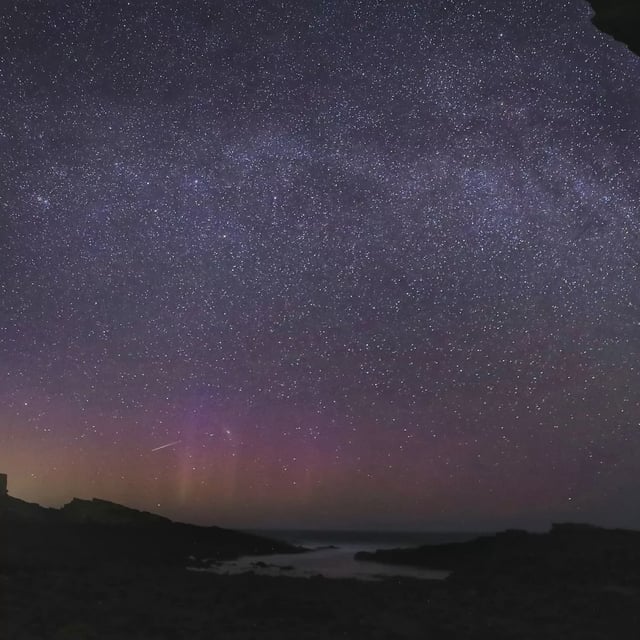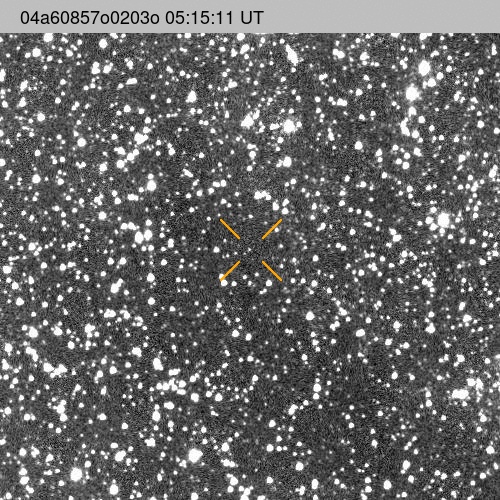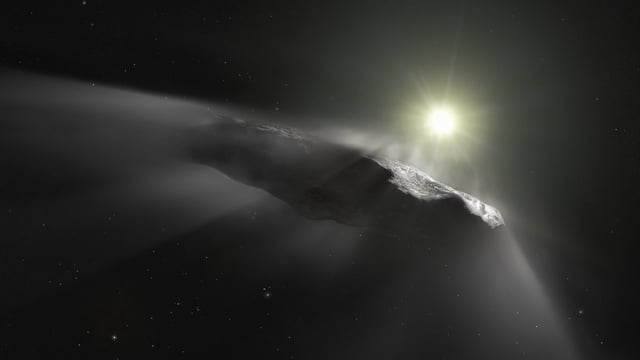Overview
- First detected by NASA’s ATLAS survey telescope in Chile on July 1 and traced back to June 14 archival images, 3I/ATLAS now has a precisely calculated orbit.
- It is only the third interstellar object recorded after ‘Oumuamua in 2017 and 2I/Borisov in 2019, highlighting the rarity of such visitors.
- Scientists are coordinating ground-based observatories to monitor its brightness and composition as it nears perihelion, with potential brightening into late October.
- The comet will become unobservable when it approaches the Sun in September, then reemerge in December for additional study before heading back into interstellar space.
- Its passage offers a unique opportunity to sample material from another star system and will inform future detection efforts like the Vera Rubin Observatory and ESA’s Comet Interceptor mission.


